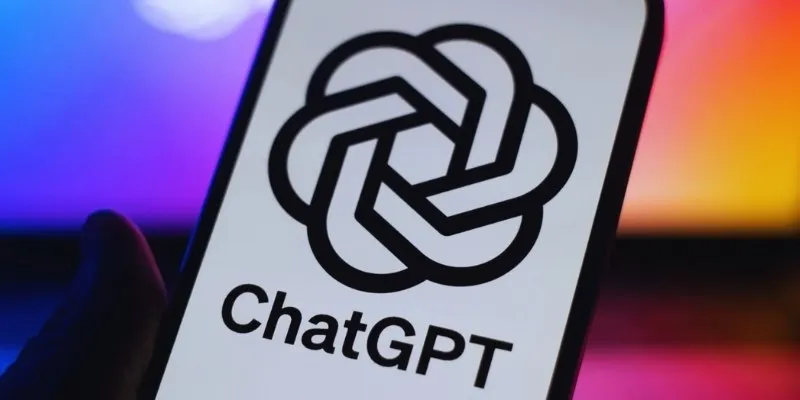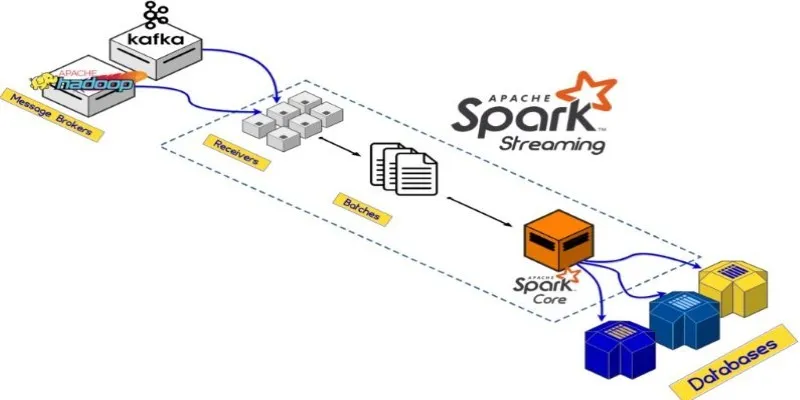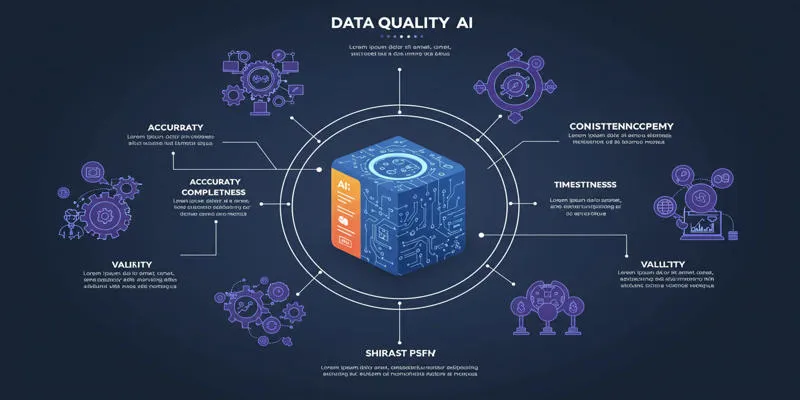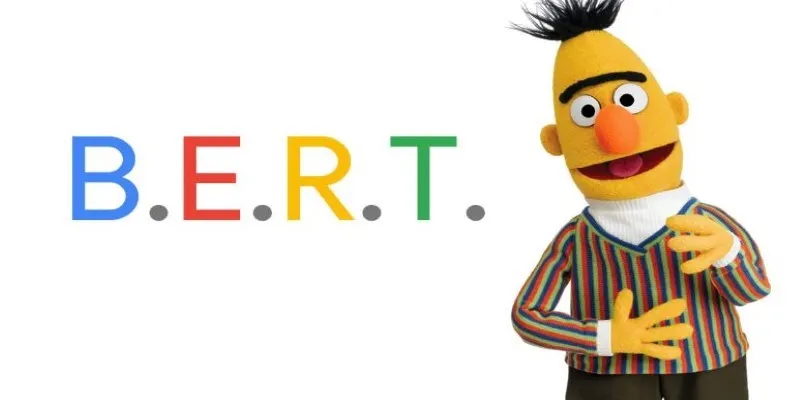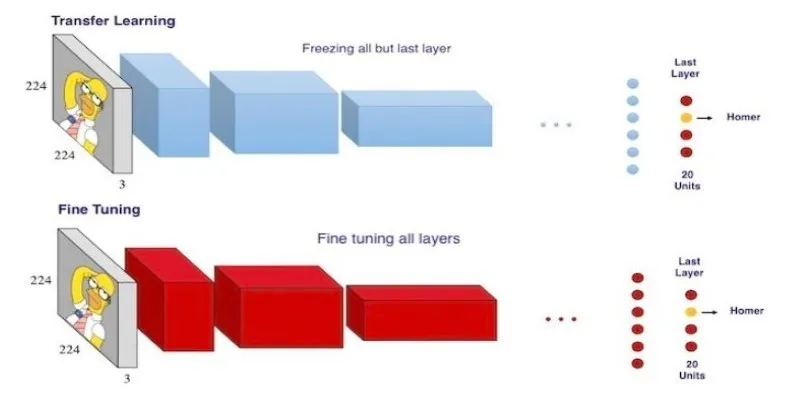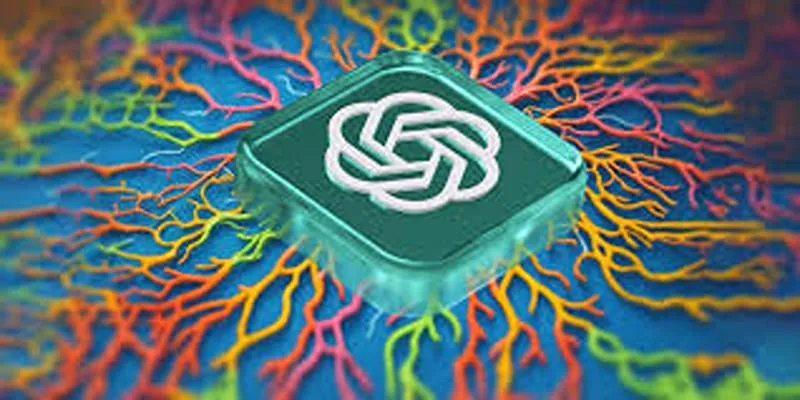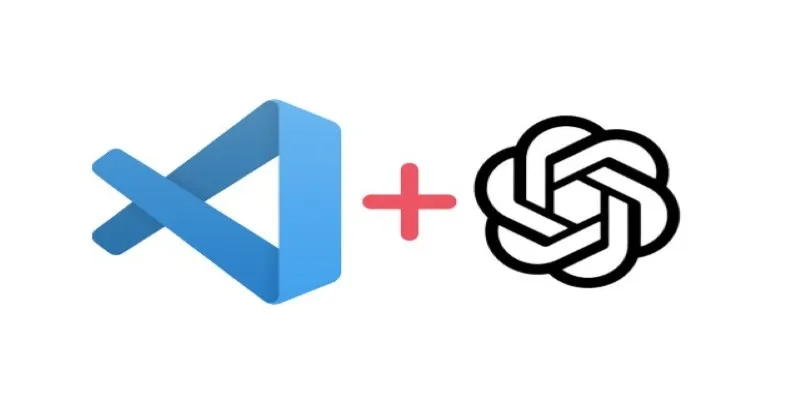Data visualization enables users to quickly understand complex information. With tools like maps, graphs, and charts, data becomes more digestible and engaging. However, creating clear and captivating visuals can be challenging. This is where Generative AI comes into play. It enhances visual appeal and automates the process of chart creation. By analyzing extensive datasets, AI recommends the best ways to present data, thereby improving accuracy and reducing human error. Businesses, researchers, and designers can benefit significantly from AI-enhanced data visualization charts.
AI-driven tools save time and simplify access to complex data, ensuring consistency, improved readability, and ease of chart creation. Moreover, charts produced using generative AI are tailored to suit various audiences, enhancing communication and decision-making processes. This guide explores how AI enhances data visualization by focusing on automation, pattern recognition, customization, and opportunities for the future.
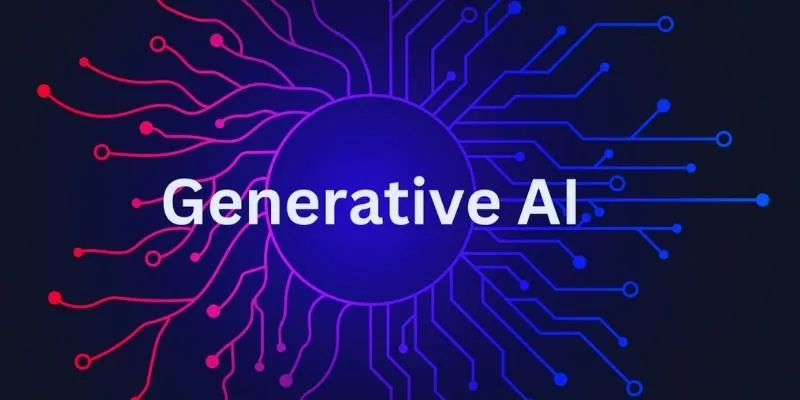
Automating Data Visualization
Generative AI automates the creation of data charts, making manual design obsolete. AI-powered tools generate graphs and charts directly from raw data. Specific AI applications analyze data to suggest suitable chart types, such as bar graphs, line charts, or pie charts. By eliminating human biases, AI ensures that charts accurately represent the data, free from misleading visuals.
AI-powered automation is invaluable across various sectors, including business, finance, healthcare, and research, enhancing efficiency and saving time. For instance, AI tools can generate dynamic dashboards from complex spreadsheets, enabling quicker business decisions. Popular AI-powered tools like Google Charts, Tableau, and Microsoft Power BI utilize AI to create intelligent visuals. Users simply input data, and AI crafts polished, professional graphs.
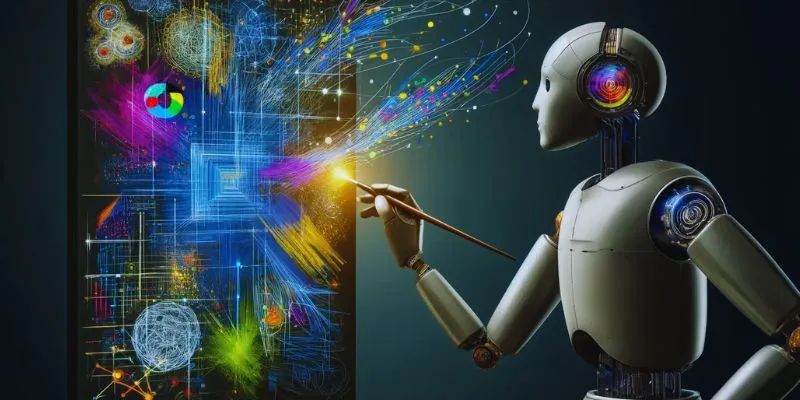
Recognizing Patterns and Trends
One primary advantage of generative AI is its ability to recognize patterns. By scanning large datasets, AI identifies trends, connections, and anomalies, which is especially beneficial in scientific research, marketing, and finance. For example, AI can analyze sales records to detect seasonal trends, helping businesses adjust marketing strategies to increase revenue. Additionally, AI aids in fraud detection by spotting unusual financial activities and highlighting potential security issues.
While traditional charts might overlook crucial information, AI-driven tools spotlight essential insights that might otherwise be missed. Real-time data updates provide another advantage. Instead of static charts, businesses can use dynamic visuals that automatically update with new data. This ensures decision-makers have access to the latest insights, facilitating faster and more informed decisions.
Improving Customization and Accessibility
Generative AI enhances the customization and accessibility of data visualizations. Users can effortlessly adjust layouts, fonts, and colors to align with branding. AI-driven tools allow businesses to produce consistent, visually appealing graphics. AI also personalizes charts for different audiences. While analysts might require detailed charts, a marketing team may only need basic visuals. AI adjusts the complexity to meet user needs, ensuring effective communication.
Improved accessibility is another significant benefit. AI-generated text descriptions assist visually impaired individuals, while AI-designed color- blind-friendly palettes enhance readability. Additionally, AI introduces interactive elements. AI-driven dashboards enable users to hover, click, and filter data, enhancing the engagement and entertainment value of data exploration. By improving customization, accessibility, and interactivity, AI- driven visualization tools help businesses, researchers, and designers create more effective and user-friendly charts, ensuring accurate data interpretation for all.
Enhancing Accuracy and Reducing Errors
Errors in data visualization can lead to misinterpretation and poor decisions. Generative AI ensures greater accuracy in data presentation and helps minimize human errors. It continuously monitors data to ensure its accurate representation. AI can identify outlier discrepancies and validate data, which is crucial in fields like finance, healthcare, and scientific research, where precision is paramount. AI prevents misleading interpretations by alerting users to errors early on.
Automated data cleaning is another benefit. AI standardizes formats, fills in missing values, and removes duplicate entries, improving data quality before visualization, resulting in more accurate insights. Furthermore, AI-driven tools adhere to best practices for data representation, avoiding misleading visuals such as distorted scales or exaggerated dimensions, ensuring charts deliver honest and accurate information. By leveraging AI, businesses can enhance data accuracy, improve decision-making, and build trust in their visual reports, leading to clearer, more reliable insights.
Future of AI in Data Visualization
Generative AI is evolving rapidly, promising more advanced features for future AI systems in data visualization. One emerging trend is natural language processing, which allows users to create charts using simple text commands. Users can input requests like “Show sales growth over five years” without needing to code or design, and AI generates the appropriate chart. AI- generated narratives are another exciting development. AI can craft stories and analyze data, offering insights like “Sales increased due to seasonal demand” rather than just presenting numbers.
Additionally, AI will enhance real-time analytics, enabling companies to have automatically updating dashboards for immediate insights, facilitating quicker and smarter decisions. AI will also integrate with virtual reality (VR) and augmented reality (AR). Future data visualization tools may allow users to interact with 3D data models, revolutionizing how industries explore and interpret data.
Conclusion:
Generative AI is transforming data visualization charts, enhancing customization, detecting trends, and automating chart creation. AI tools provide accurate, accessible, and visually appealing data. AI-driven visualization benefits businesses, researchers, and designers by ensuring better decision-making, saving time, and minimizing human errors. As AI continues to develop, it will introduce increasingly innovative ideas for data presentation. Embracing AI will enable you to create more effective and intelligent charts, simplifying data and enhancing clarity, whether your goal is research graphics or corporate reports.
 zfn9
zfn9

